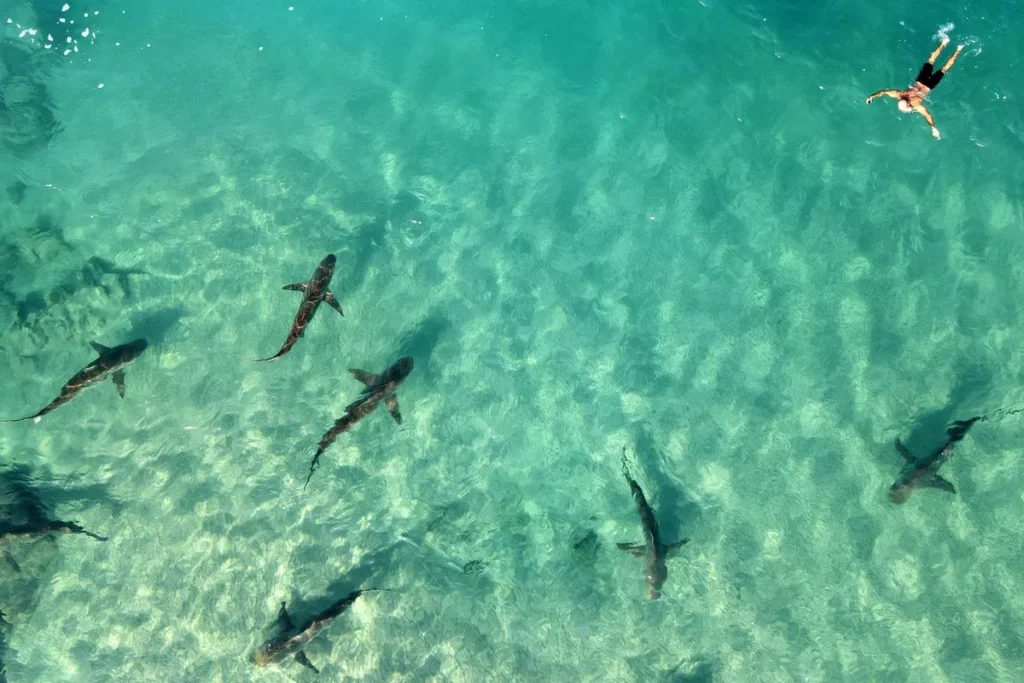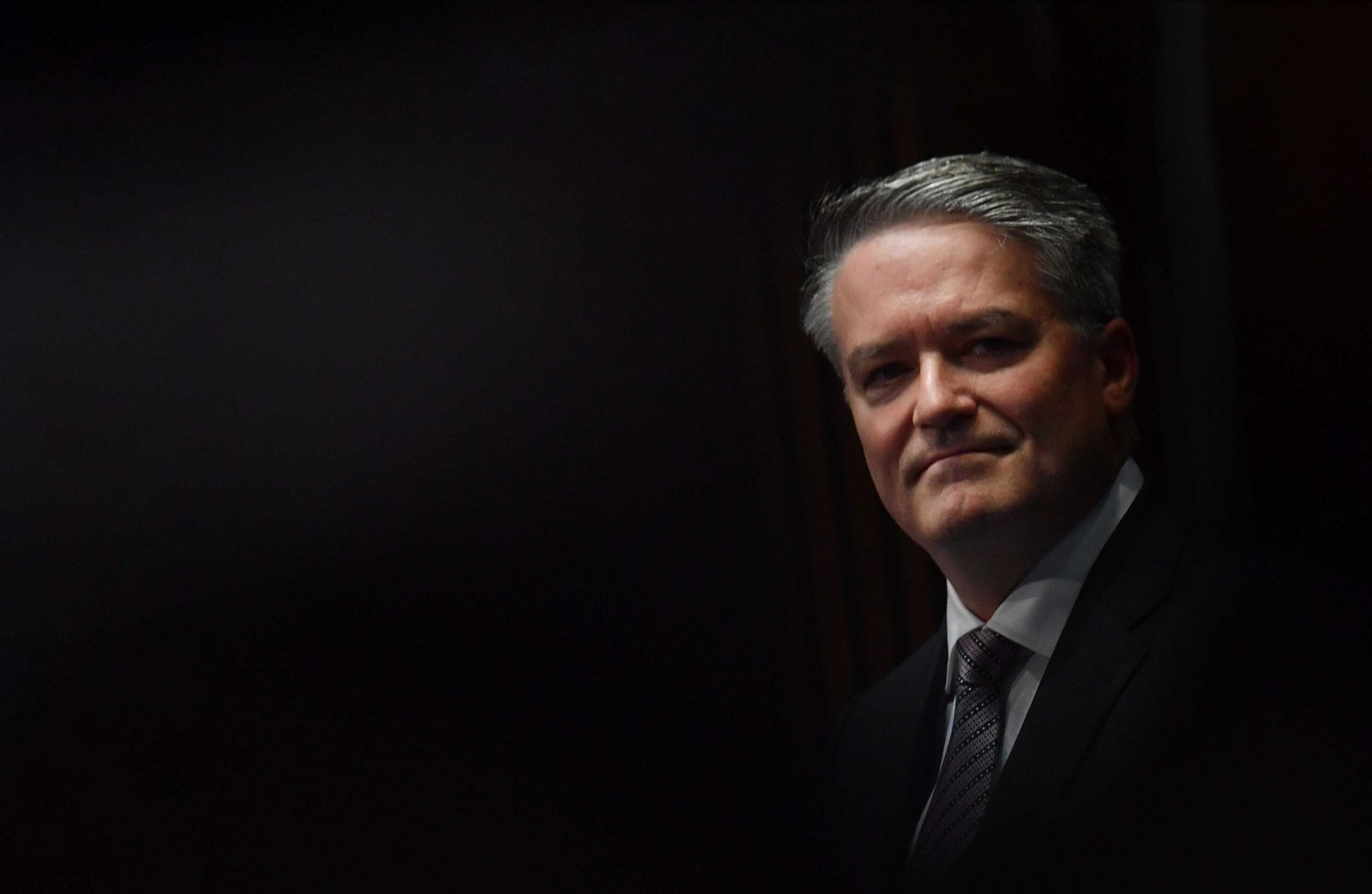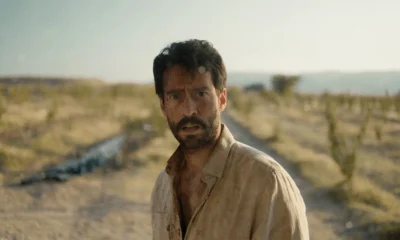Environment
World Meerkat Day stuns wildlife lovers as experts reveal why these tiny creatures ‘never blink in danger’…
On World Meerkat Day, the spotlight is on the desert’s sassiest sentinels—why are scientists calling them “the bravest mammals on Earth”?

They’re small, sassy, and surprisingly savage. On World Meerkat Day, animal lovers and researchers alike are turning their eyes to the Kalahari’s most iconic creatures—and what’s being revealed about these pint-sized mammals is nothing short of wild.
Celebrated every year on July 3, World Meerkat Day is more than just a social media trend. It’s a chance to honor the life, behavior, and mystery of the meerkat—a species that has fascinated zoologists, survivalists, and documentarians alike. Known for their upright posture, dramatic squeaks, and military-style group vigilance, meerkats are the unsung heroes of the desert world.

But this year, the spotlight is brighter than ever.
In a recent field report shared by wildlife experts in South Africa’s Kgalagadi Transfrontier Park, one zoologist described meerkats as “animals that never blink when danger strikes—because they don’t have time to.” The quote has gone viral, sparking renewed interest in how these social mammals operate with such intense precision and loyalty.
“People think they’re cute,” said wildlife biologist Dr. Lindiwe Mahlangu, “but meerkats are warriors. They face off against snakes, hawks, and scorpions—and they do it while babysitting.”
Yes, babysitting.
Meerkats live in tight-knit family mobs that take turns guarding, hunting, and even babysitting the young. One sentinel meerkat stands tall and alert while the rest of the group forages, ready to raise the alarm at the first sign of danger. Their communication system involves over 30 unique vocalizations, decoded by researchers at the University of Zurich, which are used to warn about predators, signal food, or even assign tasks.
Today, wildlife parks, conservation centers, and zoos across the globe are hosting live cams, feeding events, and interactive meerkat experiences to mark the day. Social media is abuzz with fan art, adorable meerkat facts, and even memes honoring their fierce little personalities.
But experts also warn: behind the cuteness lies a conservation concern.
As human expansion threatens desert habitats across Southern Africa, meerkats are increasingly losing territory to agriculture, tourism, and development. Organizations like the Meerkat Conservation Project are using this day to raise funds and awareness for preserving their fragile ecosystem.
So while you scroll through yet another viral video of a meerkat falling off a rock or snuggling with its mob, remember—they’re not just desert mascots. They’re survivors.

World News
Record-Breaking Rainfall in Vietnam’s Hue Submerges the Ancient City: Over 1,000mm in 24 Hours Stuns Experts”
Vietnam’s Hue, a UNESCO World Heritage Site, faces its worst flooding in decades as the country records its highest-ever 24-hour rainfall. Thousands evacuated, power knocked out, and rail lines cut as climate change intensifies extreme weather.

Record Rainfall Turns Historic Hue into a Lake
The central Vietnamese city of Hue — once the imperial capital of the Nguyen Dynasty — has been left nearly submerged after record-breaking rainfall lashed the region. According to Vietnam’s National Center for Hydro-Meteorological Forecasting (Wikipedia), the city witnessed over 1,000 millimeters (39.4 inches) of rain within 24 hours, the highest ever recorded since the country began official monitoring.
This extraordinary deluge turned the Huong River and Bo River, both lifelines of Hue, into raging torrents that burst their banks, inundating homes, streets, and the world-famous Imperial City of Hue (Wikipedia).
Aerial photographs from October 28, 2025, revealed a haunting scene — the citadel walls, pagodas, and palace grounds that once symbolized Vietnam’s royal heritage now lay beneath murky brown waters. The flood has left the city under more than one meter (3.3 feet) of water, disrupting daily life, transport, and power across the province.
A National Record Smashed After Two Decades
Officials from the Ministry of Natural Resources and Environment confirmed that this rainfall surpassed the national record previously set more than 20 years ago. By Monday afternoon, water levels on the Huong and Bo rivers had surged to 5.25 meters (17.2 feet) — breaking the historic 2020 high.

As of Tuesday, the floodwaters began to recede slightly, but vast parts of Hue, including its ancient temples, markets, and colonial-era buildings, remain waterlogged. The Vietnam News Agency reported that the downpours are expected to continue until Friday, increasing the threat of further flooding and landslides.
Thousands Evacuated, Trains Suspended, and Power Outages Widespread
More than 8,600 residents across four central provinces — including Hue, Danang, and Quang Tri — have been evacuated to higher ground due to the twin dangers of flooding and landslides. The Vietnam Railways Corporation (Wikipedia) announced the suspension of its north-south services between Hanoi (Wikipedia) and Ho Chi Minh City (Wikipedia), effectively halting the country’s most vital transport route.
Government data shows that over 306,000 households and businesses have been plunged into darkness due to widespread blackouts in Hue, Danang, and Quang Tri (Wikipedia).
Meanwhile, in Quang Ngai Province (Wikipedia), a 3-kilometer-long landslide of red mud left nearly 1,700 people stranded. Rescue efforts are ongoing, with local authorities deploying boats and helicopters to deliver food and water to isolated communities.
The Ancient Soul of Hue Under Water
For the people of Hue, this disaster strikes not only at their homes but at their cultural heart. The Imperial City, recognized by UNESCO (Wikipedia) in 1993 as a World Heritage Site, draws millions of tourists each year. Now, the Thái Hòa Palace, Forbidden Purple City, and other monuments are submerged, risking irreversible damage to structures that date back to the early 19th century.

Residents waded through waist-deep water in raincoats and makeshift rafts, trying to salvage belongings. “This is the worst I’ve seen in my lifetime,” said a local shopkeeper quoted by VNExpress, a leading Vietnamese daily. “Hue has always been known for rain, but never like this.”
Climate Change and Rising Storm Intensity
Scientists and environmental experts have long warned that climate change (Wikipedia) is amplifying extreme weather events across Southeast Asia. With sea surface temperatures rising, storms now carry more moisture, resulting in heavier rainfall and catastrophic floods.
This month’s flooding follows Typhoon Bualoi (Wikipedia) in September, which killed at least 13 people and left 20 missing. Data from the General Statistics Office of Vietnam (Wikipedia) reveals that in the first nine months of 2025 alone, 187 people have died or gone missing in natural disasters — primarily floods and landslides — with total economic losses exceeding $610 million.
Experts from UN Environment Programme (UNEP) (Wikipedia) have urged Vietnam to invest more in flood-resilient infrastructure, warning that ancient cities like Hue are especially vulnerable due to aging drainage systems and urban encroachment along riverbanks.
Government Response and Future Outlook
The Vietnam Disaster Management Authority (Wikipedia) has mobilized rescue teams, distributed relief materials, and set up temporary shelters. However, many locals say aid has been slow to reach remote areas cut off by landslides.
Authorities are working around the clock to restore electricity, clear debris, and assess structural damage to heritage buildings. Restoration experts are already surveying the Imperial Citadel, fearing long-term erosion or water damage to frescoes and stone carvings.
Prime Minister Pham Minh Chinh (Wikipedia) is expected to visit the flood-affected regions later this week to oversee recovery operations and announce additional funding for disaster relief.
The World Watches as Hue Battles the Waters
As the rains subside, the ancient city stands as a tragic symbol of Vietnam’s struggle between preserving history and confronting a changing climate. What was once a bastion of royal elegance has turned into a vast expanse of water and ruin.
The people of Hue, however, remain resilient. “We will clean, rebuild, and reopen,” said a local historian. “Hue has survived wars — it will survive the floods too.”
For the latest global updates and climate stories, visit www.DailyGlobalDiary.com.
science
“Harmless” Sharks Turn Deadly: 1 Rare Feeding Frenzy Off Israel’s Coast Ends in Fatality
A tourist’s snorkel turned into horror as usually-docile Dusky Sharks attacked a swimmer near Hadera — scientists blame human feeding and ecological chaos.

In a chilling incident that has stunned marine experts, a 40-year-old tourist was killed off the coast of Hadera, Israel, after being surrounded by a swarm of Dusky Sharks — a species long thought harmless to humans.
The man had been snorkeling and filming with a GoPro camera just 100 meters from shore when the tragedy struck. Eyewitnesses reported hearing him cry out, “Help… they’re biting me,” moments before disappearing beneath a sea that rapidly turned red.
According to local reports, by the time rescue boats arrived, the water was bloodied and the man had vanished. The next day, small fragments of human remains were recovered, confirming his identity and indicating he was devoured by multiple sharks during the attack.
The case has been detailed in the Ethology journal and is now considered the first recorded fatal attack by a Dusky Shark on a human. Researchers have described the tragedy as a result of a “perfect storm” — combining human error, environmental disruption, and animal instinct.
A Species Misjudged
Despite their formidable size — growing up to 3 meters (10 feet) — Dusky Sharks are generally shy creatures. Historically, they have been recorded as non-aggressive and pose minimal threat to humans.
However, in recent years, the waters off Hadera have become a magnet for these sharks due to warm discharges from desalination plants. This unusual ecological condition has turned the region into a seasonal shark gathering zone, especially during winter months.
Adding to the danger, tourists and local boat operators have reportedly been feeding the sharks to keep them nearby for entertainment and photo opportunities — a practice marine scientists now describe as a grave mistake.

The Birth of “Begging Behaviour”
Because of these feedings, sharks have begun associating humans with food. This has led to what experts call “begging behaviour” — a learned tendency where sharks swim up to divers expecting fish scraps.
Researchers found that many of the sharks near Hadera now approach swimmers directly, sometimes brushing against them, waiting to be fed. This conditioning is thought to have played a major role in transforming their natural caution into curiosity — and eventually aggression.
When the victim extended his GoPro into the water, one shark reportedly lunged toward it, possibly mistaking it for food. That single bite may have triggered blood in the water — which set off a deadly Feeding Frenzy among the surrounding sharks.
Inside the Feeding Frenzy
According to the Ethology report, the attack likely unfolded in two stages:
- A reflex or “clumsy” bite — triggered by food-seeking behaviour.
- Multiple predatory bites — caused by the Feeding Frenzy instinct once blood entered the water.
“The competition for access to the food resource overrides the species’ usual behaviour,” the researchers wrote. “The situation likely occurred via a process of juxtaposition bites — beginning with curiosity, ending in predation.”
In other words, the sharks weren’t hunting humans. They were competing for food in a chaotic, human-influenced ecosystem that blurred the lines between prey and person.

How Human Actions Fueled the Attack
The coast of Hadera has become a strange laboratory of human interaction and marine life.
- Warm industrial water from power stations creates an artificial haven for sharks.
- Food waste and fish scraps dumped by fishing boats act as bait.
- Tourists have grown accustomed to feeding and swimming among them.
Together, these factors altered shark behaviour drastically. Once cautious, the sharks are now confident — even expectant — when humans enter the water.
Experts warn that if this feeding practice continues, similar tragedies are only a matter of time.
The Solution: Stop Feeding, Save Lives
Marine scientists behind the Ethology study say the solution is straightforward: stop the artificial feeding of sharks altogether.
“The central objective is to eliminate the begging behaviour in sharks. This can only be achieved by enforcing a total ban on public feeding,” the researchers concluded.
They suggest that regulation of tourist activities and public education are far more effective than any physical barrier or surveillance system. Ending the learned association between humans and food is the only way to restore natural shark behaviour.
A Global Wake-Up Call
This tragedy isn’t just about Israel or Dusky Sharks. It’s a global reminder that human interference can drastically alter wildlife instincts — sometimes with fatal consequences.
For decades, Dusky Sharks have swum peacefully alongside divers around the world. But this incident shows that even “safe” species can turn deadly when ecological boundaries are crossed.
As the world rethinks its relationship with marine life, scientists urge stricter controls on wildlife tourism — emphasizing respect, distance, and understanding of natural behaviour.
Visit our site for more updates: www.DailyGlobalDiary.com
Environment
OECD Chief Mathias Cormann’s 1 Big Warning as He Urges Australians to Keep Nuclear Power Debate Open
Mathias Cormann calls for an “open mind” on nuclear energy while urging a responsible 2035 climate target.

Mathias Cormann, the OECD secretary-general, has reignited Australia’s energy debate, urging citizens and policymakers to keep nuclear power “part of the conversation.” Speaking from Paris, the reappointed OECD boss emphasized that there is “nothing inherently partisan” about nuclear energy and warned that Australia must balance its climate commitments with economic responsibility.
Cormann’s remarks come as the Albanese government prepares to unveil its 2035 emissions reduction target—an announcement expected to shape Australia’s climate policies for the next decade.
Backing Current Climate Targets
Cormann praised the Albanese government’s current 2030 emissions reduction goal of a 43% cut from 2005 levels, calling it “well on track.” Yet, he stressed that the next target must be both “globally effective and economically responsible.”
“We need to do this in a way that preserves opportunity for people across Australia and all around the world,” he said in an interview with ABC’s 7.30 program.

With emissions already down 28% since 2005, the government now faces mounting pressure from climate activists demanding tougher measures and from industry groups worried about competitiveness.
Nuclear Debate: “Always Open”
Nuclear energy has long been a polarizing issue in Australia, but Cormann insists it should not be dismissed outright.
“I don’t think it’s a debate that’s ever closed. The debate is always open,” he remarked, highlighting that countries across the globe—including those led by governments of varying political stripes—are actively expanding nuclear capacity.
The comments are particularly striking given that Peter Dutton made nuclear power a central plank of his energy policy during the last federal election. Meanwhile, the Coalition remains divided over its stance on net zero and nuclear investment, undergoing internal reviews under Sussan Ley and David Littleproud following one of the worst defeats in its history.
Cormann, careful not to wade too deeply into partisan politics, reiterated that nuclear power must be considered alongside renewable sources if Australia is to ensure energy security, affordability, and international competitiveness.
Warning to Reserve Bank on Rate Cuts
Beyond climate policy, Cormann also weighed in on the Australian economy. He cautioned the Reserve Bank of Australia against aggressive interest rate cuts, warning that inflation could stay “elevated for longer than anticipated.”
“In a general sense, what we would say is that it’s appropriate for monetary and fiscal policy to remain prudent in the current global economic context,” he explained.

This echoes concerns from economists who fear that premature rate cuts could undermine Australia’s fight against inflation, destabilizing progress made over the past year.
The Global Dimension
Australia’s role in international climate policy is under scrutiny, especially since it signed the Paris Agreement in 2016 under then-Prime Minister Tony Abbott. Cormann stressed that Australia must stick to its international commitments.
“Climate change is a global problem requiring global solutions,” he said. “Australia is part of that collective effort, and it is critical that our targets are not just ambitious but achievable.”
His remarks reflect the OECD’s position that climate goals should not compromise economic growth but rather be designed to reinforce long-term stability and innovation.
Why His Words Matter
Cormann’s call to keep nuclear “on the table” lands at a politically sensitive moment. With the government days away from unveiling its 2035 climate targets, his endorsement of nuclear power as a legitimate option could give credibility to voices pushing for a broader energy mix.
At the same time, his caution to the Reserve Bank highlights the delicate balancing act between climate ambitions and economic realities. Policymakers now face the challenge of proving they can achieve both.
Final Thoughts
Whether or not Australia embraces nuclear energy, Cormann’s intervention underscores the importance of open debate and pragmatic policymaking. As a former Australian senator and now a global economic leader, his voice carries weight at home and abroad.
The next few weeks will determine how far the Albanese government is willing to push its climate agenda—and whether nuclear power reclaims a place in Australia’s future energy mix.
For more updates on this story and other global developments, visit www.DailyGlobalDiary.com
-

 US News1 week ago
US News1 week ago“She Never Made It Out…” Albany House Fire Claims Woman’s Life as Family Pleads for Help to Bring Her Home
-

 Entertainment7 days ago
Entertainment7 days agoXG Star Cocona Shares a Brave Truth at 20 — “I Was Born Female, But That Label Never Represented Who I Truly Am…”
-

 Entertainment7 days ago
Entertainment7 days agoSamba Schutte Reveals the Surprise Cameo in Pluribus That “Nobody Saw Coming”… and Why John Cena Was Perfect for the Role
-

 Entertainment1 week ago
Entertainment1 week agoNika & Madison stuns global audiences as director Eva Thomas reveals why “resilience, not fear, drives Indigenous women on the run”
-

 Tech1 week ago
Tech1 week agoAfter Losing Over $70 Billion, Mark Zuckerberg Finally Admits His Biggest Bet Is “Not Working” – Meta Plans Massive Cuts to Metaverse Budget
-

 Entertainment5 days ago
Entertainment5 days agoSaudi Arabia’s entertainment revolution… Red Sea Film Foundation CEO Faisal Baltyuor says he ‘wears many hats’ — but one mission drives them all
-

 Sports5 days ago
Sports5 days agoDodgers Stun MLB With Blockbuster Move, Sign Elite Closer Edwin Díaz to Three-Year, $69 Million Deal
-

 Entertainment5 days ago
Entertainment5 days agoTeyana Taylor wakes up to a Golden Globe call at 5 a.m.… ‘Am I dreaming right now?’ — and why she’s already begging Paul Thomas Anderson for more















